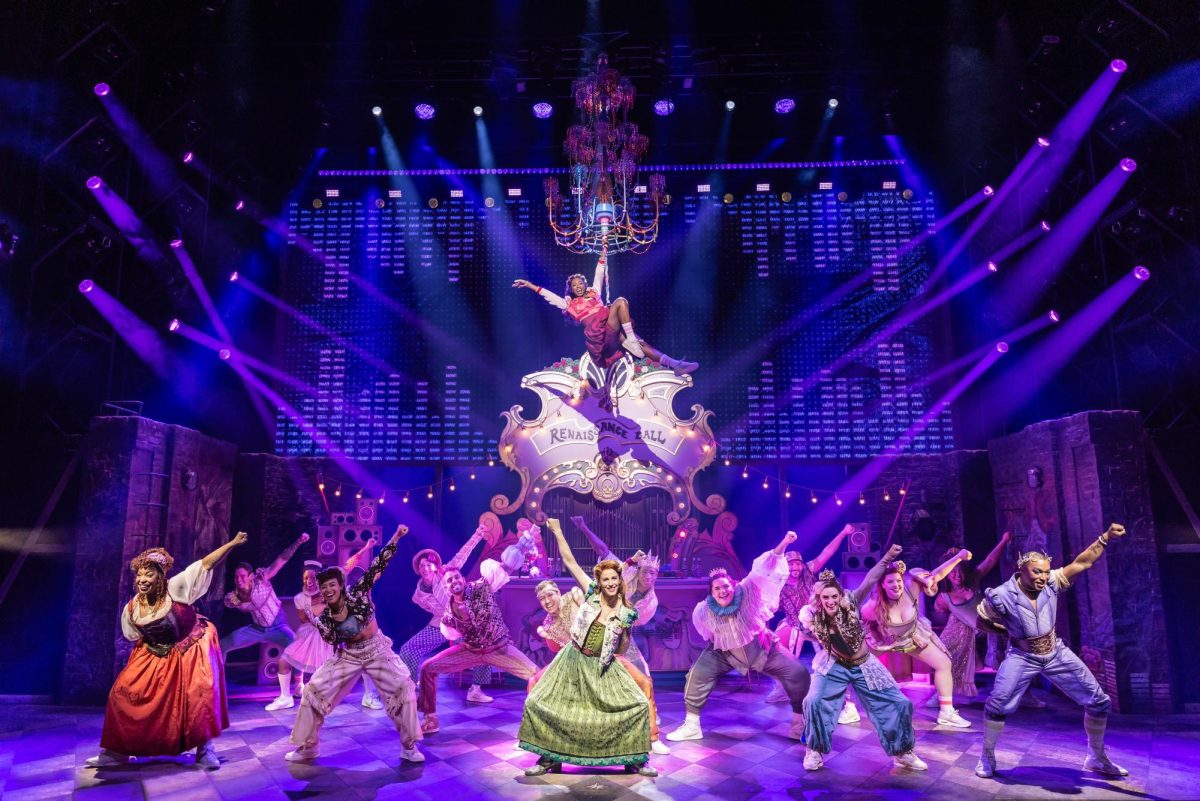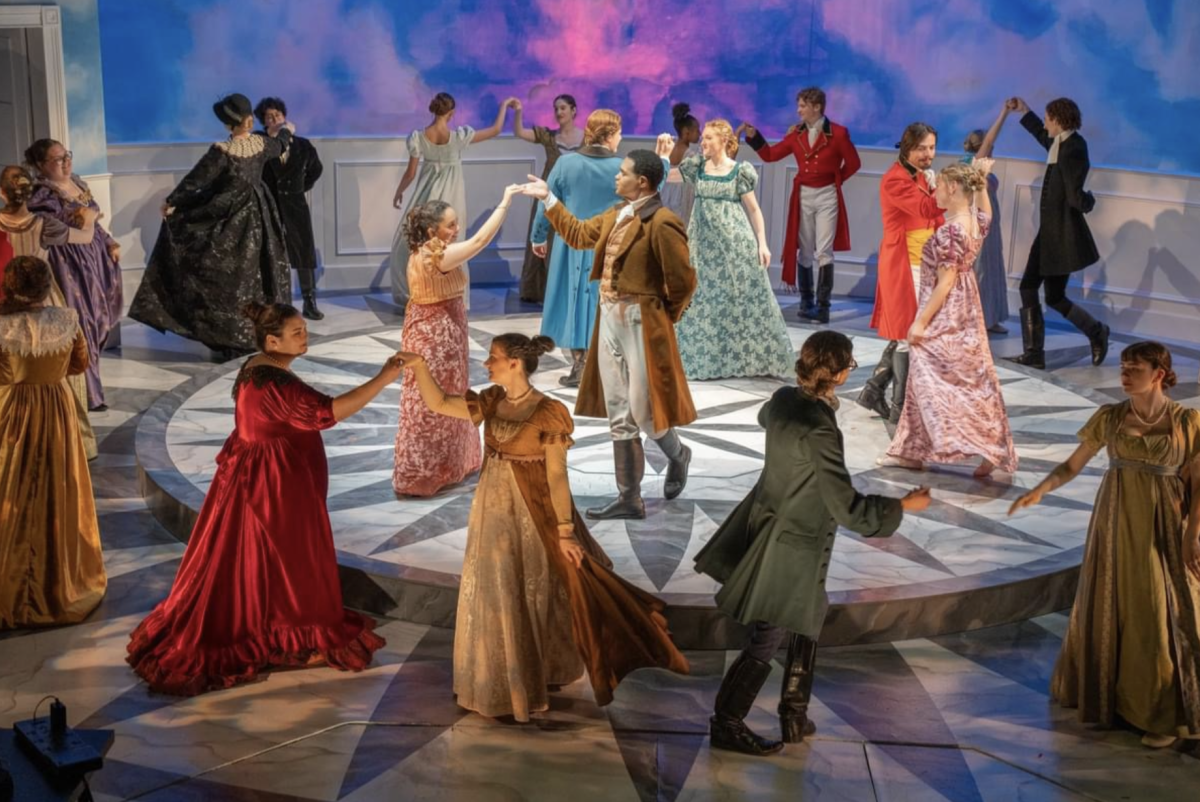“When I heard that song on the radio, I didn’t really like it. But then I saw the video, and I was like, “Man, I love that song!”
I overheard this snippet of a cell-phone conversation while walking on State Street last week, and it got me thinking about the nature of music videos. Exactly how much has MTV, admit it or not, affected the lives of music-lovers from our generation?
I don’t remember a time without MTV, obviously, since it was launched the same year I was born. I do remember not being allowed to watch it, but secretly tuning in and marveling at Cher’s “If I Could Turn Back Time” video. What was this fabulous mecca of music my parents were keeping from me?
Ever since my parents caved and realized there was nothing they could do to keep me from occasionally sneaking a peek, I’ve watched with interest the way music videos can cloud, clarify or just plain supplement the way we view music. No generation before ours had this experience with pop music while growing up; there was no video for “Lucy in the Sky with Diamonds” telling us whether the song was really about a drawing done by John Lennon’s son (as he claims) or about LSD (as the rest of the world knows).
It seems obvious to me now that videos undoubtedly give us different perceptions of the pop songs we know and love, and the ’80s and ’90s provide the most concrete examples of artists using a new medium to paint a picture inside listeners’ minds.
With the dawn of MTV in 1981, bands suddenly discovered a new way to get their point across. Appropriately, The Buggles’ “Video Killed the Radio Star” was the first video aired, and with good reason — it appears to have been a glimpse of things to come.
Some of the most memorable music-video projects happened in the 1980s, as bands struggled to be more original and innovative than their peers. Aha’s “Take on Me” video, for example, was one of the first to combine live-action with animation, and who can forget how strange that looked at the time?
Music videos also exposed fans, for the first time, to real images of the artists making the music. Sure, brief glimpses of bands were usually available in the album art, but still photographs are nothing compared to live-action, moving pictures of our favorite artists. Would Billy Idol have had so much sex appeal if we hadn’t seen him gyrating in his “White Wedding” video? Would Madonna have been seen as so on-the-edge if we hadn’t seen the video for “Like a Virgin?”
But perhaps it wasn’t until the 1990s that videos really hit the mark as far as publicity goes. When “Smells Like Teen Spirit” was released in 1992, the music world was introduced to grunge — and it was more than just noises on an album. Here was an in-your-face, sloppy mosh pit of, well, grunginess, the likes of which the world had never seen before.
“Smells Like Teen Spirit” continues to hit number one on lists of the top videos of all time, and for good reason — it literally forced the grunge movement, and all its associated rowdiness, into popular culture.
It’s often said that you can’t really appreciate a band until you’ve seen it live. With MTV, all of sudden people could see a band perform “live” without waiting for it to come to their area (especially important for those of us growing up in small towns) and paying high ticket prices (especially important for those of us who were still dependent upon allowances from our parents). There is no doubt that the experience of seeing Eddie Vedder’s creepy facial expressions while singing “Jeremy” beats the pants off just hearing the song on an album; Soundgarden’s already-disturbing “Black Hole Sun” was made even more disturbing with the video’s images of suburban families’ faces melting.
Certainly, these and other videos colored the way we view songs, both then and now. The association of visuals with audio places that visual inextricably in the mind of the viewer, forever making him or her think of that image when he or she hears the song.
The question remains, though — were the Buggles right? Has video killed the radio star?
Well, for one, musicians who either don’t make music videos or refuse to play them on MTV risk being relatively unknown, limiting our access to artists to those who put out mainstream videos.
Also, because MTV is mainstream, there is a limit to what a band can portray in a video. Just look at what happened to Madonna’s “Justify My Love” video — it was too racy, and MTV just flat-out refused to air it. Although this particular incident appears to have made Madonna’s career even stronger, rather than damaged it, had this sort of thing happened to an unknown (and it probably has), there’s a good chance the world would never have heard about it.
In this day and age, it seems videos are a necessary part of achieving mainstream success. They’re a way of introducing a band to the world, face-to-face, and attempting to exert some influence over the meaning people take out of a song.
But does the good outweigh the bad? Should bands be forced to comply with mainstream censorship standards in order to reach a larger audience? Perhaps with the popularity of the Internet, censorship days are behind us, as bands can promote their videos directly through their own websites.
Only time will tell whether MTV is the only mainstream outlet or simply the idea that started it all.







